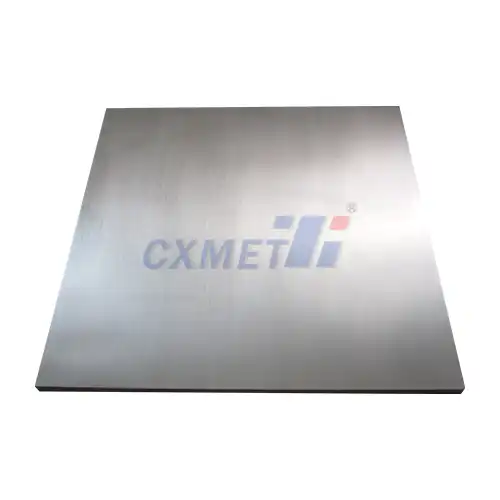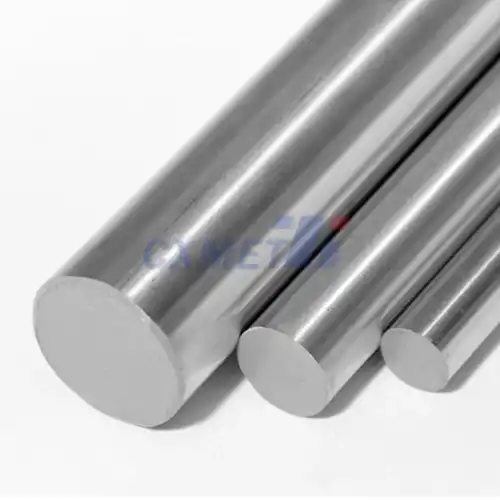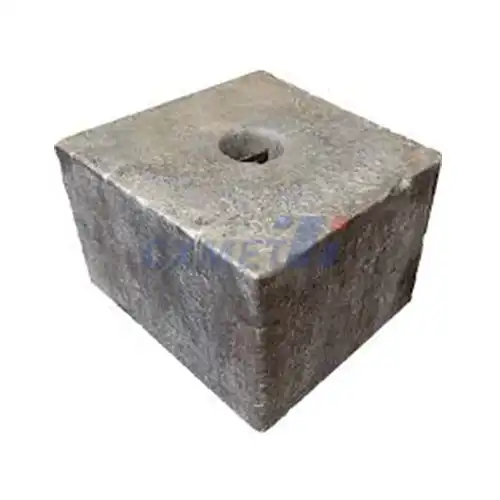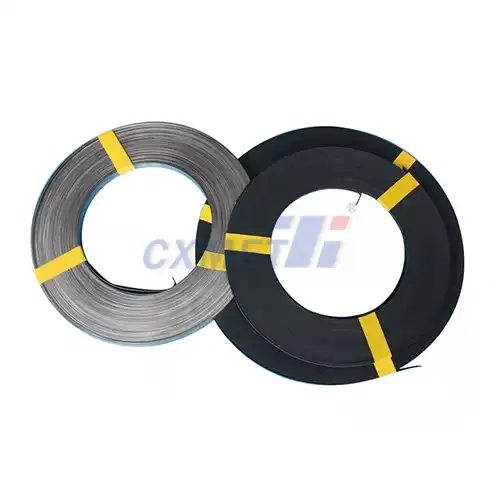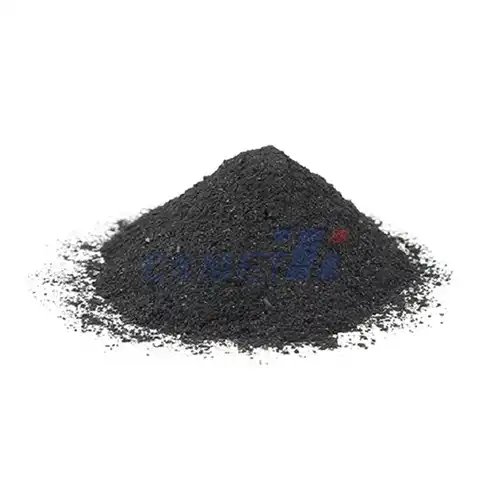- English
- French
- German
- Portuguese
- Spanish
- Russian
- Japanese
- Korean
- Arabic
- Greek
- German
- Turkish
- Italian
- Danish
- Romanian
- Indonesian
- Czech
- Afrikaans
- Swedish
- Polish
- Basque
- Catalan
- Esperanto
- Hindi
- Lao
- Albanian
- Amharic
- Armenian
- Azerbaijani
- Belarusian
- Bengali
- Bosnian
- Bulgarian
- Cebuano
- Chichewa
- Corsican
- Croatian
- Dutch
- Estonian
- Filipino
- Finnish
- Frisian
- Galician
- Georgian
- Gujarati
- Haitian
- Hausa
- Hawaiian
- Hebrew
- Hmong
- Hungarian
- Icelandic
- Igbo
- Javanese
- Kannada
- Kazakh
- Khmer
- Kurdish
- Kyrgyz
- Latin
- Latvian
- Lithuanian
- Luxembou..
- Macedonian
- Malagasy
- Malay
- Malayalam
- Maltese
- Maori
- Marathi
- Mongolian
- Burmese
- Nepali
- Norwegian
- Pashto
- Persian
- Punjabi
- Serbian
- Sesotho
- Sinhala
- Slovak
- Slovenian
- Somali
- Samoan
- Scots Gaelic
- Shona
- Sindhi
- Sundanese
- Swahili
- Tajik
- Tamil
- Telugu
- Thai
- Ukrainian
- Urdu
- Uzbek
- Vietnamese
- Welsh
- Xhosa
- Yiddish
- Yoruba
- Zulu
What are the Standard Grades for 10mm Diameter Titanium Rods in Medical Applications?
2024-08-15 17:59:54
Titanium rods with a 10mm diameter are widely used in various medical applications due to their excellent biocompatibility, high strength-to-weight ratio, and corrosion resistance. These rods play a crucial role in orthopedic surgeries, dental implants, and other medical devices. Understanding the standard grades of titanium used for these rods is essential for medical professionals, engineers, and researchers working in the healthcare industry. In this blog post, we'll explore the most common titanium grades used for 10mm diameter rods in medical applications, their properties, and specific use cases.
What are the most common titanium grades used for medical implants?
Titanium and its alloys are the materials of choice for many medical implants due to their exceptional properties. The most common titanium grades used for 10mm diameter rods in medical applications are:
1. Grade 1 CP-Ti (Commercially Pure Titanium):
Grade 1 CP-Ti is the purest form of titanium used in medical applications. It contains a minimum of 99.5% titanium, with trace amounts of oxygen, iron, and carbon. This grade offers excellent formability and corrosion resistance but has lower strength compared to other grades. It's commonly used in dental implants and other applications where high ductility is required.
2. Grade 2 CP-Ti:
Grade 2 CP-Ti is slightly stronger than Grade 1, containing a minimum of 99.2% titanium. It offers a good balance between strength and ductility, making it suitable for various medical implants, including bone plates and screws.
3. Grade 3 CP-Ti:
Grade 3 CP-Ti has a higher oxygen content than Grades 1 and 2, resulting in increased strength but reduced ductility. It's often used in applications requiring moderate strength and good corrosion resistance.
4. Grade 4 CP-Ti:
Grade 4 CP-Ti is the strongest of the commercially pure titanium grades. It offers excellent corrosion resistance and higher strength, making it suitable for dental implants and orthopedic applications where increased strength is necessary.
5. Ti-6Al-4V (Grade 5):
Ti-6Al-4V is the most widely used titanium alloy in medical applications. It contains 6% aluminum and 4% vanadium, providing an excellent combination of strength, lightness, and corrosion resistance. This grade is commonly used for 10mm diameter rods in orthopedic implants, such as hip and knee replacements, as well as spinal fusion devices.
6. Ti-6Al-4V ELI (Extra Low Interstitial, Grade 23):
This is a higher purity version of Ti-6Al-4V with lower levels of oxygen, nitrogen, carbon, and iron. It offers improved ductility and fracture toughness, making it ideal for critical medical applications such as joint replacements and trauma fixation devices.
When selecting the appropriate grade for 10mm diameter titanium rods in medical applications, factors such as required strength, biocompatibility, corrosion resistance, and fatigue properties must be considered. The specific grade chosen will depend on the intended use, location within the body, and expected load-bearing requirements.
How do the mechanical properties of different titanium grades affect their use in medical implants?
The mechanical properties of titanium grades play a crucial role in determining their suitability for specific medical applications. For 10mm diameter titanium rods, these properties can significantly impact performance and longevity. Let's examine how the mechanical properties of different titanium grades affect their use in medical implants:
1. Yield Strength and Ultimate Tensile Strength:
The yield strength and ultimate tensile strength of titanium grades increase from Grade 1 to Grade 4 CP-Ti, with Ti-6Al-4V and Ti-6Al-4V ELI offering the highest strength. This progression affects the load-bearing capacity of the implants:
- Grade 1 CP-Ti: Suitable for low-stress applications or where high ductility is required.
- Grade 2 CP-Ti: Used in moderate-stress applications, such as dental implants and small bone plates.
- Grade 3 and 4 CP-Ti: Employed in applications requiring higher strength, like larger bone plates and screws.
- Ti-6Al-4V and Ti-6Al-4V ELI: Ideal for high-stress applications such as hip stems, knee implants, and spinal rods.
The higher strength of Ti-6Al-4V and Ti-6Al-4V ELI allows for the design of smaller, lighter implants that can withstand significant loads, which is particularly beneficial in orthopedic applications.
2. Elastic Modulus:
The elastic modulus of titanium is lower than that of other metals used in medical implants, such as stainless steel or cobalt-chrome alloys. This property is advantageous as it more closely matches the elastic modulus of bone, reducing stress shielding effects. However, the elastic modulus varies slightly among titanium grades:
- CP-Ti grades have a lower elastic modulus (around 105 GPa) compared to Ti-6Al-4V (around 114 GPa).
- The lower modulus of CP-Ti grades can be beneficial in certain applications where a closer match to bone elasticity is desired, such as dental implants.
3. Fatigue Strength:
Fatigue strength is critical for implants subjected to cyclic loading, such as joint replacements or spinal rods. Ti-6Al-4V and Ti-6Al-4V ELI exhibit superior fatigue strength compared to CP-Ti grades, making them more suitable for long-term, load-bearing applications.
4. Ductility and Formability:
CP-Ti grades, especially Grades 1 and 2, offer higher ductility and formability compared to Ti-6Al-4V. This property can be advantageous in applications requiring complex shapes or where the implant needs to be shaped during surgery.
5. Hardness:
The hardness of titanium grades increases from Grade 1 to Grade 4 CP-Ti, with Ti-6Al-4V having the highest hardness. Higher hardness can provide better wear resistance, which is beneficial for articulating surfaces in joint replacements.
6. Corrosion Resistance:
All titanium grades offer excellent corrosion resistance due to the formation of a stable oxide layer. However, CP-Ti grades generally exhibit slightly better corrosion resistance than Ti-6Al-4V in some environments.
The choice of titanium grade for 10mm diameter rods in medical implants depends on the specific requirements of the application. For instance:
- In spinal fusion rods, where high strength and fatigue resistance are crucial, Ti-6Al-4V or Ti-6Al-4V ELI are preferred.
- For dental implants, Grade 4 CP-Ti or Ti-6Al-4V may be used, balancing strength with biocompatibility.
- In cases where the implant needs to be shaped during surgery, more ductile grades like Grade 2 CP-Ti might be chosen.
Understanding these mechanical properties allows medical device designers and surgeons to select the most appropriate titanium grade for each specific application, ensuring optimal performance and patient outcomes.
What are the biocompatibility considerations for different titanium grades in medical implants?
Biocompatibility is a critical factor in the selection of materials for medical implants, including 10mm diameter titanium rods. It refers to the ability of a material to perform its intended function without eliciting undesirable local or systemic effects in the body. When considering the biocompatibility of different titanium grades, several factors come into play:
1. Osseointegration:
Titanium's ability to osseointegrate, or bond directly with bone tissue, is one of its most valuable properties in medical applications. This process is influenced by the surface properties of the implant:
- CP-Ti grades (1-4) generally exhibit excellent osseointegration due to their high purity and surface oxide layer.
- Ti-6Al-4V and Ti-6Al-4V ELI also demonstrate good osseointegration, although some studies suggest that CP-Ti may have a slight advantage in this regard.
- Surface treatments, such as roughening or coating, can further enhance osseointegration for all grades.
2. Corrosion Resistance:
The excellent corrosion resistance of titanium contributes significantly to its biocompatibility. The stable oxide layer that forms on the surface of titanium implants helps prevent the release of metal ions into the surrounding tissues:
- CP-Ti grades offer slightly superior corrosion resistance compared to Ti-6Al-4V in some environments.
- However, all titanium grades used in medical implants provide excellent protection against corrosion in the body.
3. Ion Release:
While titanium implants are generally considered safe, there is potential for the release of metal ions over time:
- CP-Ti grades release only titanium ions, which are considered to have low toxicity and are well-tolerated by the body.
- Ti-6Al-4V and Ti-6Al-4V ELI can potentially release small amounts of aluminum and vanadium ions in addition to titanium. While these alloys are widely used and considered safe, there have been some concerns about the long-term effects of aluminum and vanadium in the body.
4. Allergic Reactions:
Titanium allergies are extremely rare, making all grades of titanium suitable for use in patients with metal sensitivities:
- CP-Ti grades may be preferred for patients with known metal allergies due to their higher purity.
- Ti-6Al-4V and Ti-6Al-4V ELI are also considered hypoallergenic, but in extremely sensitive individuals, the presence of aluminum and vanadium could potentially cause reactions.
5. Tissue Response:
The interaction between the implant and surrounding tissues is crucial for long-term success:
- All titanium grades generally elicit a minimal inflammatory response.
- The smooth surface of polished titanium implants can help reduce tissue irritation and fibrous encapsulation.
- Surface modifications can be applied to all grades to enhance tissue integration or reduce bacterial adhesion.
6. Wear Particles:
In applications where wear may occur, such as joint replacements, the biocompatibility of wear particles becomes important:
- Titanium wear particles are generally well-tolerated by the body compared to particles from other implant materials.
- Ti-6Al-4V and Ti-6Al-4V ELI, due to their higher hardness, may produce fewer wear particles in articulating applications compared to CP-Ti grades.
7. Imaging Compatibility:
Titanium's low magnetic susceptibility makes it compatible with magnetic resonance imaging (MRI):
- All titanium grades used in medical implants allow for safe MRI scanning, with minimal image distortion.
- This property is particularly important for 10mm diameter rods used in spinal fusion or other applications where post-operative imaging is crucial.
8. Long-term Performance:
The long-term biocompatibility of titanium implants has been well-established through decades of clinical use:
- Both CP-Ti and Ti-6Al-4V alloys have demonstrated excellent long-term performance in various medical applications.
- The choice between grades often depends on the specific requirements of the implant, such as strength and location, rather than significant differences in biocompatibility.
In conclusion, all standard grades of titanium used for 10mm diameter rods in medical applications offer excellent biocompatibility. The choice between CP-Ti grades and Ti-6Al-4V often depends on the specific mechanical requirements of the implant rather than major differences in biocompatibility. However, for patients with extreme metal sensitivities or in applications where the highest purity is desired, CP-Ti grades may be preferred.
As medical technology advances, ongoing research continues to refine our understanding of the long-term effects of different titanium grades in the body. This research, combined with clinical experience, guides the selection of the most appropriate titanium grade for each specific medical application, ensuring the best possible outcomes for patients.
At SHAANXI CXMET TECHNOLOGY CO., LTD, we take pride in our extensive product range, which caters to diverse customer needs. Our company is equipped with outstanding production and processing capabilities, ensuring the high quality and precision of our products. We are committed to innovation and continuously strive to develop new products, keeping us at the forefront of our industry. With leading technological development capabilities, we are able to adapt and evolve in a rapidly changing market. Furthermore, we offer customized solutions to meet the specific requirements of our clients. If you are interested in our products or wish to learn more about the intricate details of our offerings, please do not hesitate to contact us at sales@cxmet.com. Our team is always ready to assist you.
References:
1. Elias, C. N., Lima, J. H. C., Valiev, R., & Meyers, M. A. (2008). Biomedical applications of titanium and its alloys. JOM, 60(3), 46-49.
2. Niinomi, M. (2008). Mechanical biocompatibilities of titanium alloys for biomedical applications. Journal of the mechanical behavior of biomedical materials, 1(1), 30-42.
3. Geetha, M., Singh, A. K., Asokamani, R., & Gogia, A. K. (2009). Ti based biomaterials, the ultimate choice for orthopaedic implants–a review. Progress in materials science, 54(3), 397-425.
4. Rack, H. J., & Qazi, J. I. (2006). Titanium alloys for biomedical applications. Materials Science and Engineering: C, 26(8), 1269-1277.
5. Sidambe, A. T. (2014). Biocompatibility of advanced manufactured titanium implants—A review. Materials, 7(12), 8168-8188.
6. Chen, Q., & Thouas, G. A. (2015). Metallic implant biomaterials. Materials Science and Engineering: R: Reports, 87, 1-57.
7. Oldani, C., & Dominguez, A. (2012). Titanium as a biomaterial for implants. In Recent advances in arthroplasty. IntechOpen.
8. Lütjering, G., & Williams, J. C. (2007). Titanium (engineering materials and processes). Springer.
9. Brunette, D. M., Tengvall, P., Textor, M., & Thomsen, P. (Eds.). (2012). Titanium in medicine: material science, surface science, engineering, biological responses and medical applications. Springer Science & Business Media.
10. Ozaki, T., Matsumoto, H., Watanabe, S., & Hanada, S. (2004). Beta Ti alloys with low Young's modulus. Materials Transactions, 45(8), 2776-2779.
